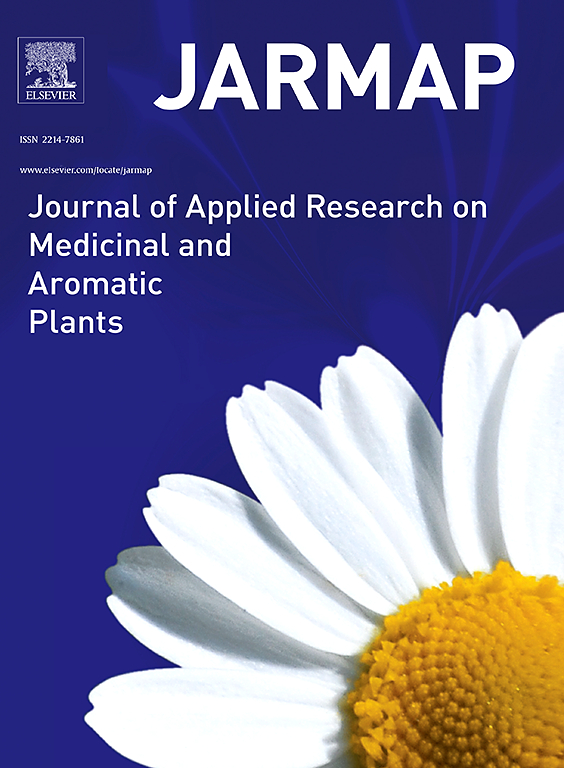Recent progress in DNA-based approaches for authenticating herbal materials and botanical dietary supplements
IF 3.6
2区 农林科学
Q1 PLANT SCIENCES
Journal of Applied Research on Medicinal and Aromatic Plants
Pub Date : 2025-09-26
DOI:10.1016/j.jarmap.2025.100663
引用次数: 0
Abstract
Background
Herbal materials and botanical supplements are widely consumed for health benefits, yet concerns persist due to prevalent adulteration, highlighting the need for reliable authentication methods.
Scope and approach
This review examines DNA identification techniques for quality control of both botanical dietary supplements and their constituent raw materials. The methods relevant to this field are split into two categories: mainstream analytical and emerging detection techniques. The focus is on their applicability for detecting raw and multi-ingredient processed products, quantification potential, and on-site testing suitability.
Key findings and conclusions
DNA identification methods, such as PCR variants like TaqMan and high-resolution melting (HRM), as well as DNA barcoding, have been effectively applied by enterprises and regulatory bodies for authenticating herbal materials, addressing many quality control challenges. Emerging technologies, including LAMP, RPA and digital PCR, combined with tools like microfluidics, lateral flow assays, and CRISPR/Cas systems, hold great potential for rapid, on-site testing. However, practical challenges such as cost, accessibility, and stability remain significant barriers, requiring further research to enable their widespread application in real-world scenarios.
基于dna的草药原料和植物性膳食补充剂鉴定方法的最新进展
草药材料和植物补充剂因其健康益处而被广泛消费,但由于普遍存在掺假问题,人们仍然存在担忧,这凸显了对可靠认证方法的需求。本文综述了用于植物性膳食补充剂及其成分原料质量控制的DNA鉴定技术。与该领域相关的方法分为两类:主流分析技术和新兴检测技术。重点是它们对检测原料和多成分加工产品的适用性,量化潜力和现场测试适用性。DNA鉴定方法,如PCR变体如TaqMan和高分辨率熔化(HRM),以及DNA条形码,已被企业和监管机构有效地应用于药材的鉴定,解决了许多质量控制挑战。新兴技术,包括LAMP, RPA和数字PCR,结合微流体,侧流分析和CRISPR/Cas系统等工具,具有快速,现场测试的巨大潜力。然而,诸如成本、可及性和稳定性等实际挑战仍然是重大障碍,需要进一步研究才能使其在现实场景中得到广泛应用。
本文章由计算机程序翻译,如有差异,请以英文原文为准。
求助全文
约1分钟内获得全文
求助全文
来源期刊

Journal of Applied Research on Medicinal and Aromatic Plants
Pharmacology, Toxicology and Pharmaceutics-Drug Discovery
CiteScore
6.40
自引率
7.70%
发文量
80
审稿时长
41 days
期刊介绍:
JARMAP is a peer reviewed and multidisciplinary communication platform, covering all aspects of the raw material supply chain of medicinal and aromatic plants. JARMAP aims to improve production of tailor made commodities by addressing the various requirements of manufacturers of herbal medicines, herbal teas, seasoning herbs, food and feed supplements and cosmetics. JARMAP covers research on genetic resources, breeding, wild-collection, domestication, propagation, cultivation, phytopathology and plant protection, mechanization, conservation, processing, quality assurance, analytics and economics. JARMAP publishes reviews, original research articles and short communications related to research.
 求助内容:
求助内容: 应助结果提醒方式:
应助结果提醒方式:


